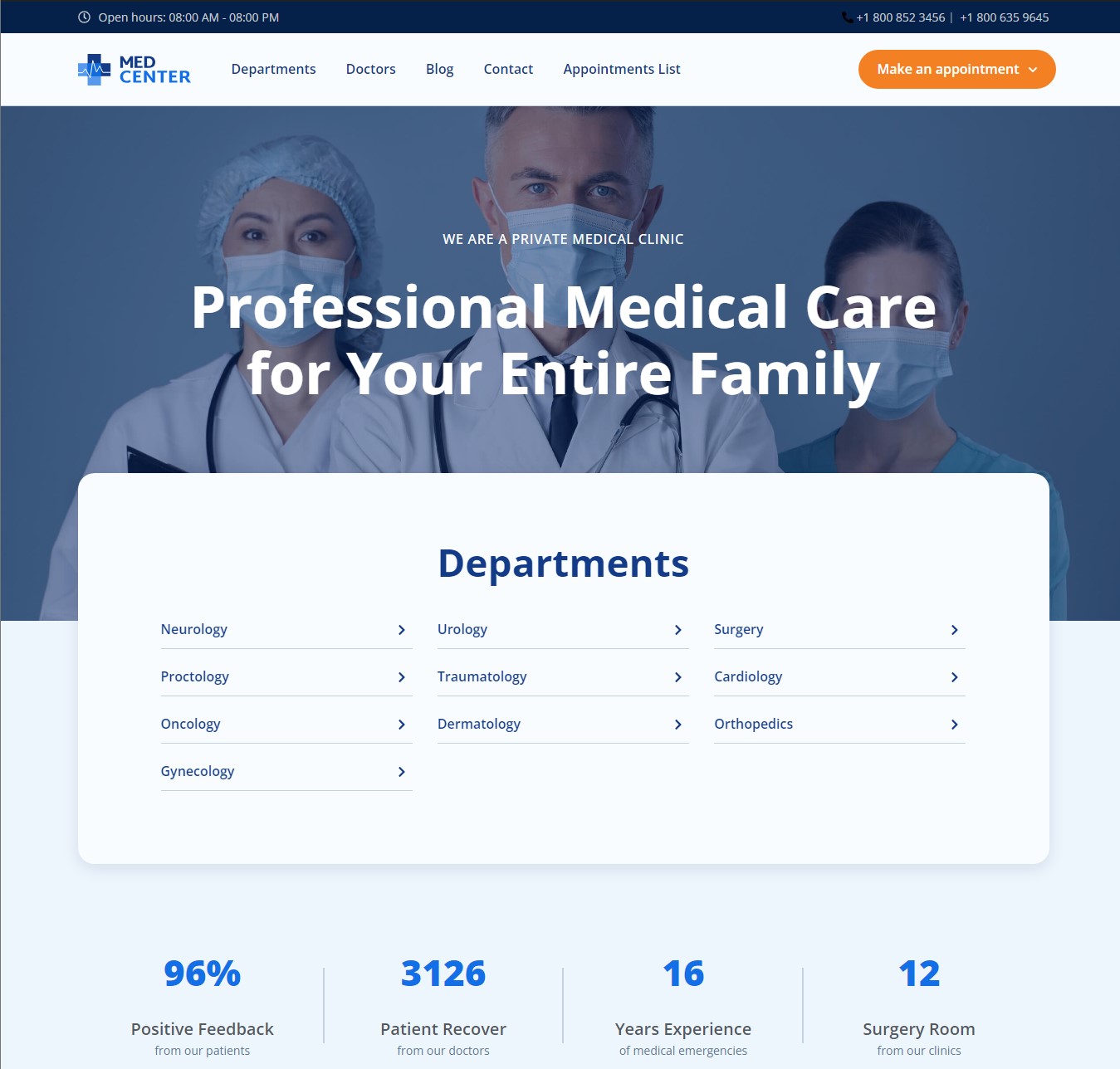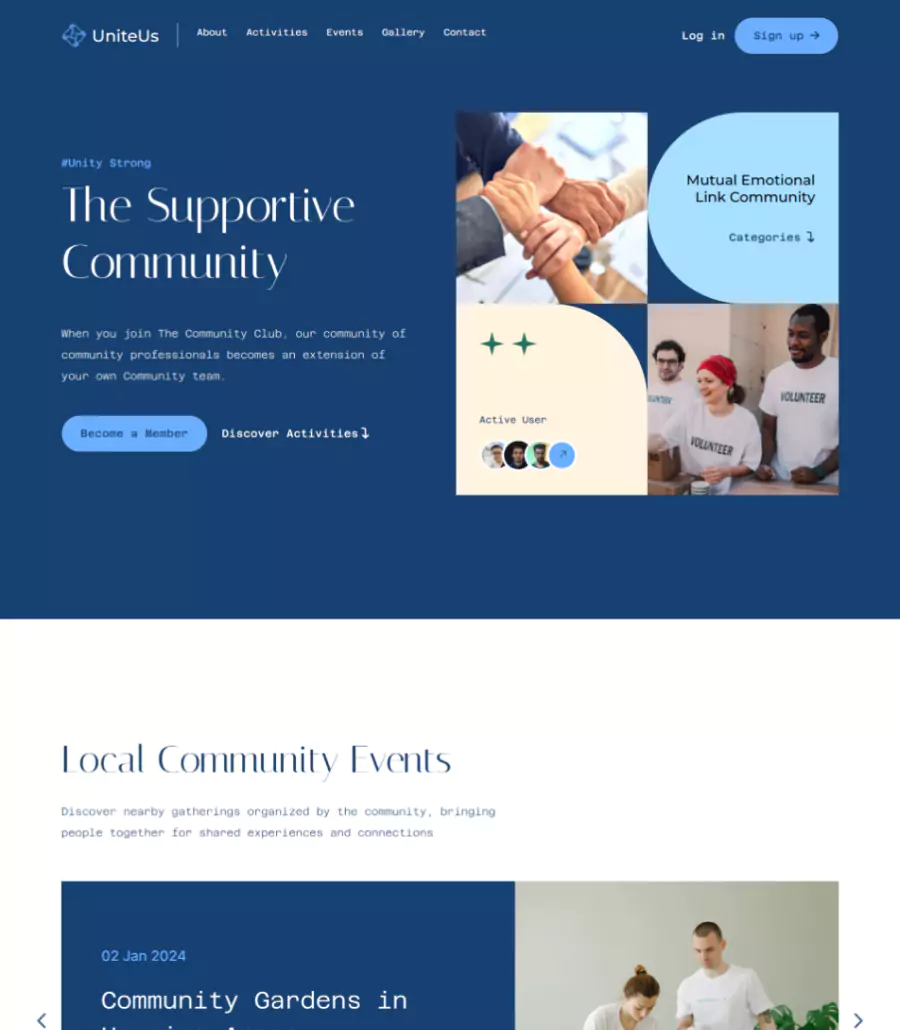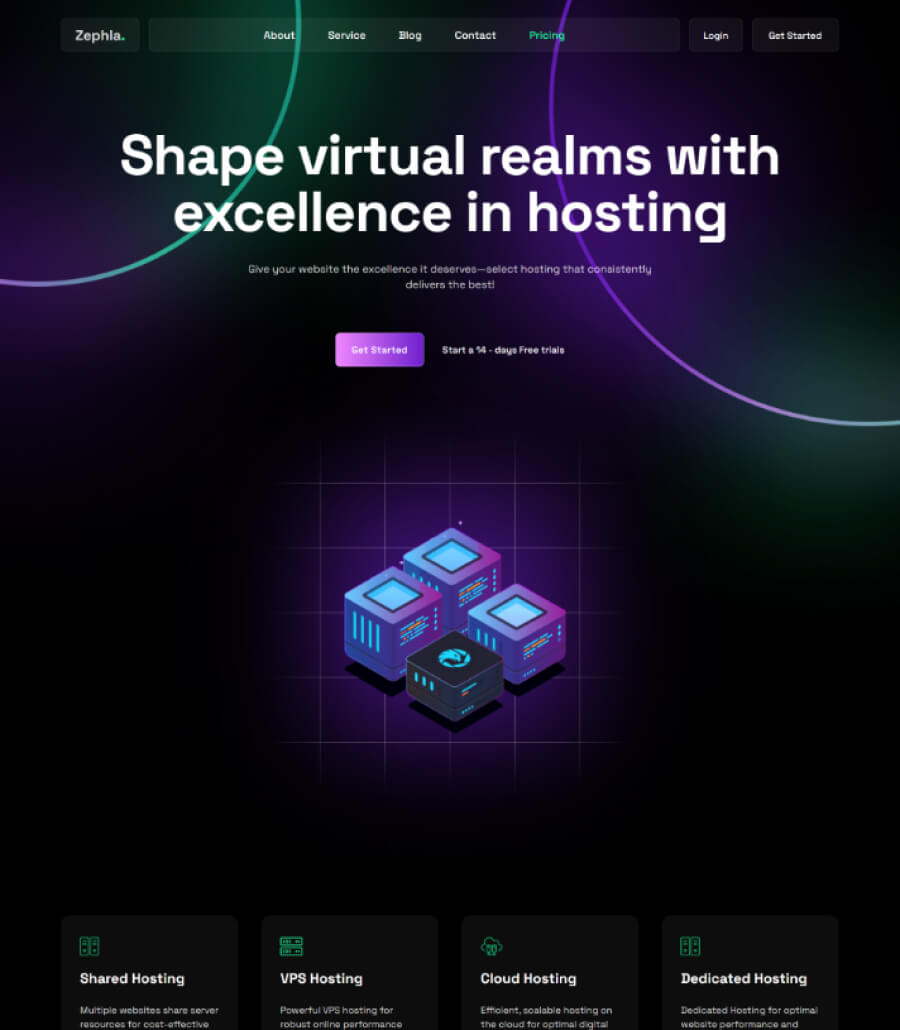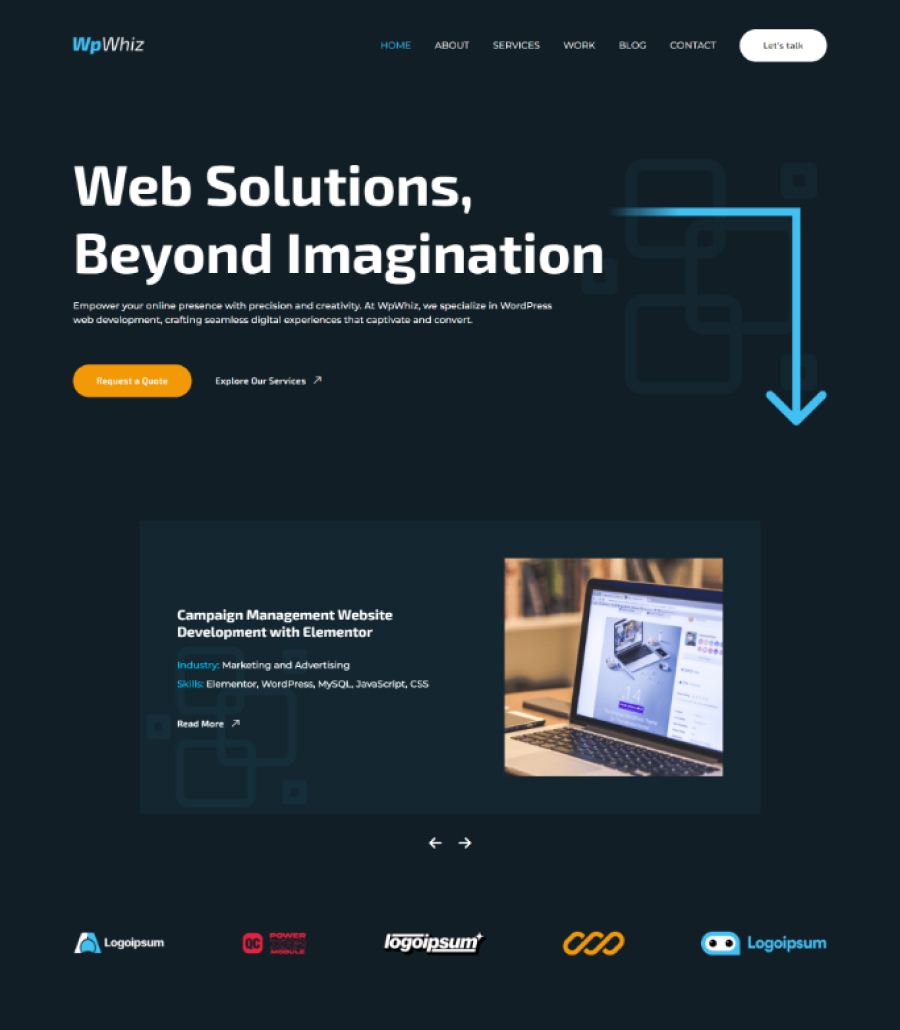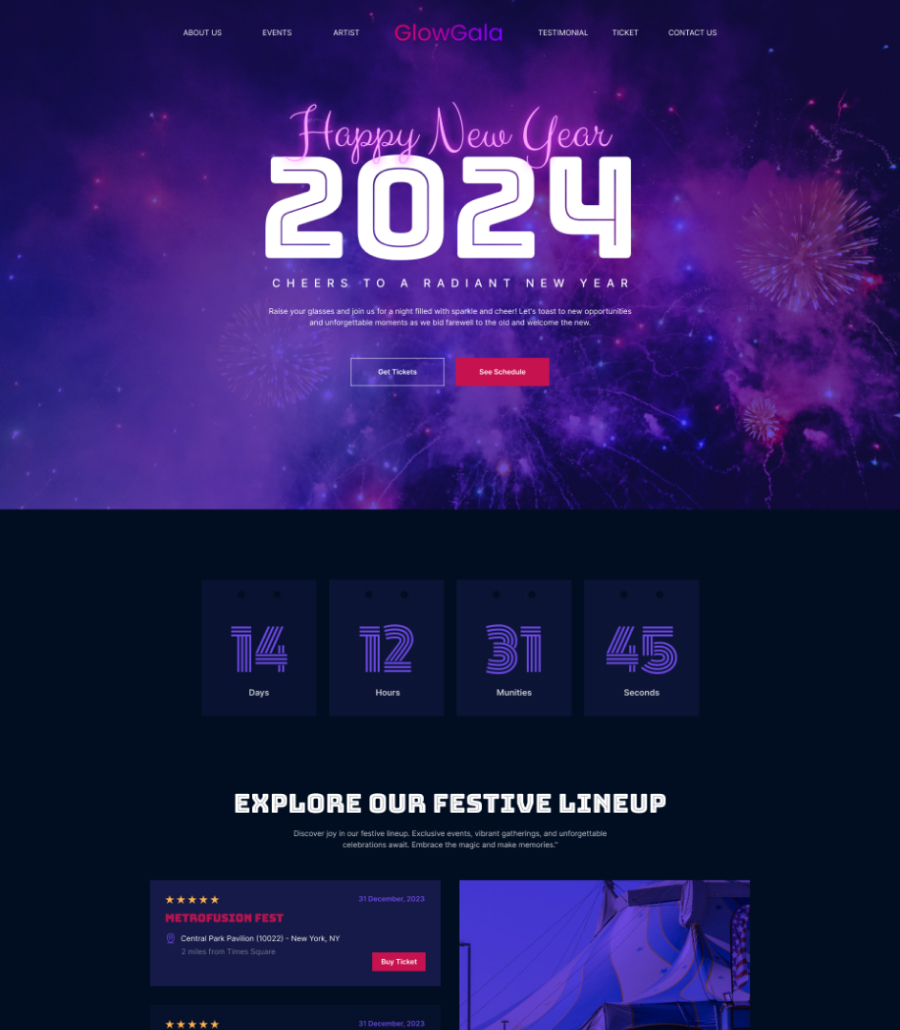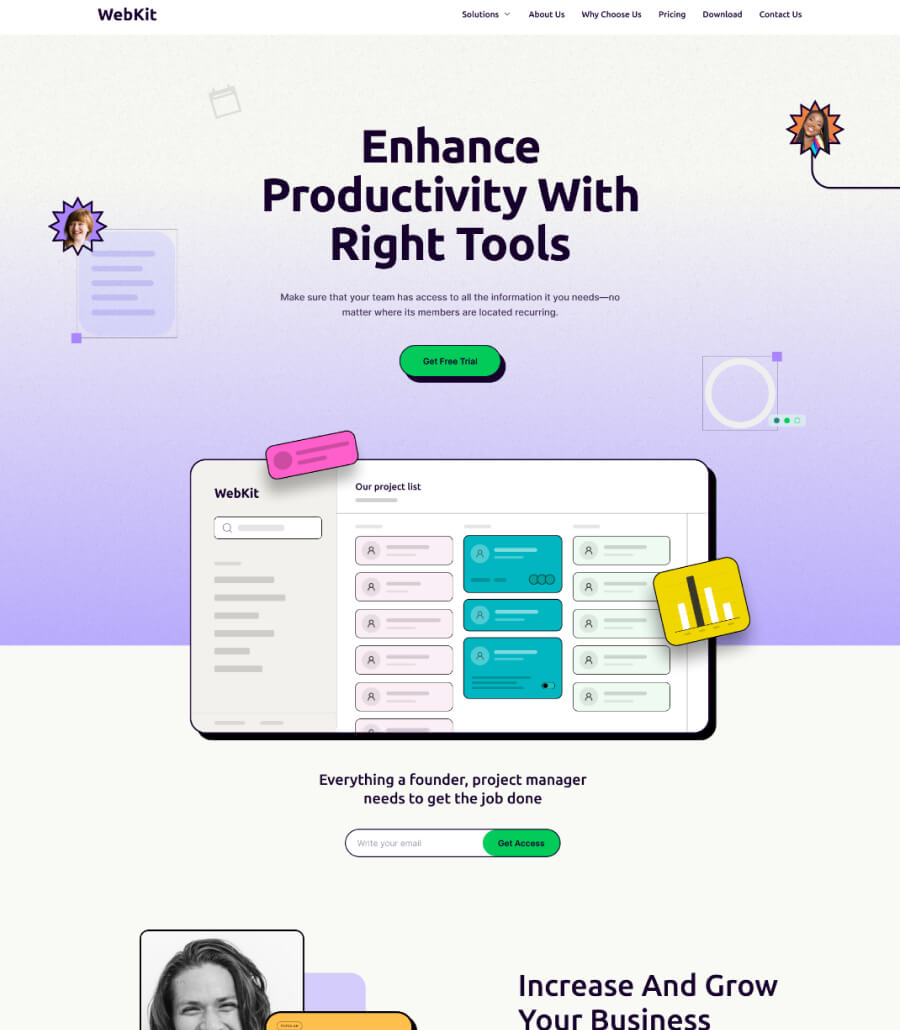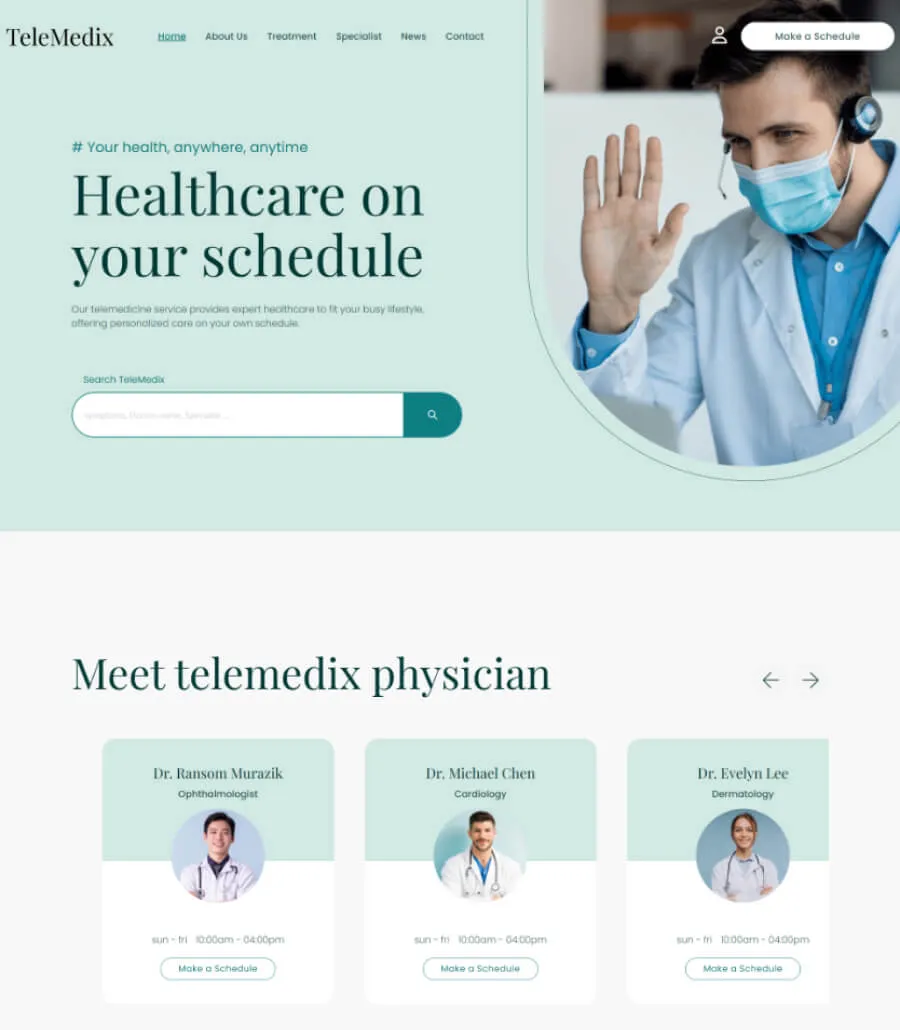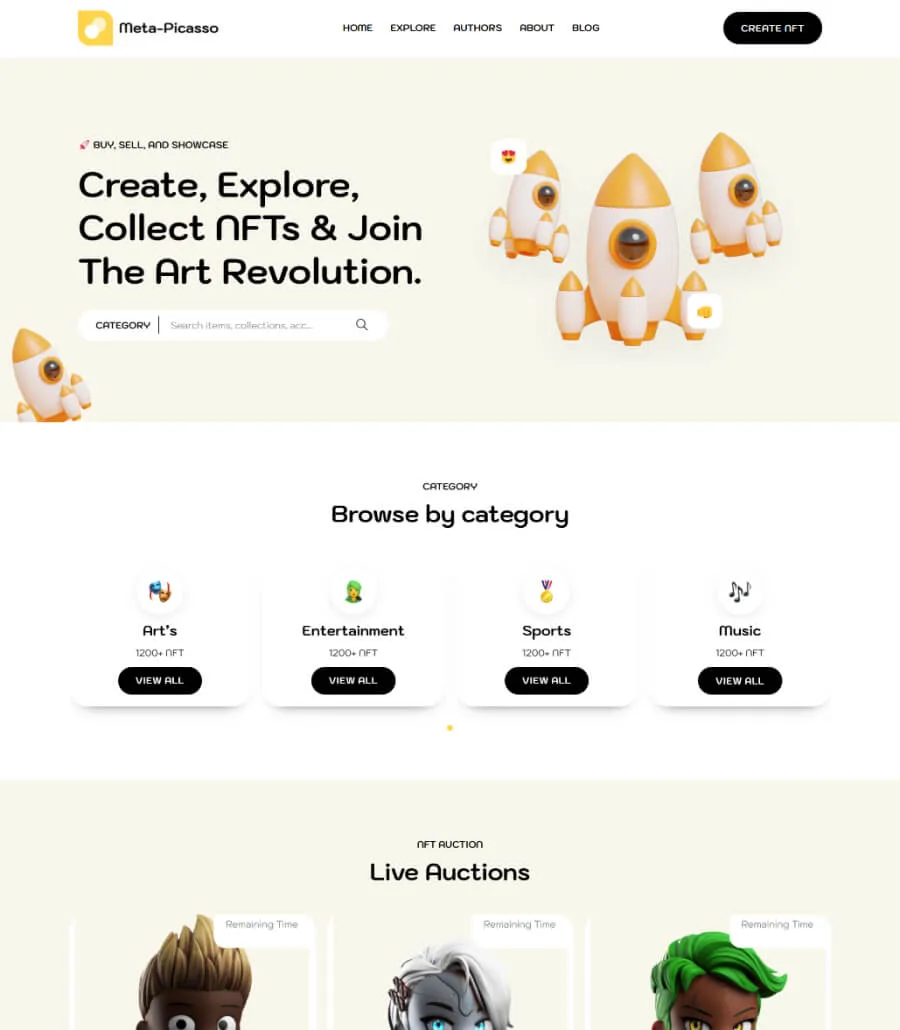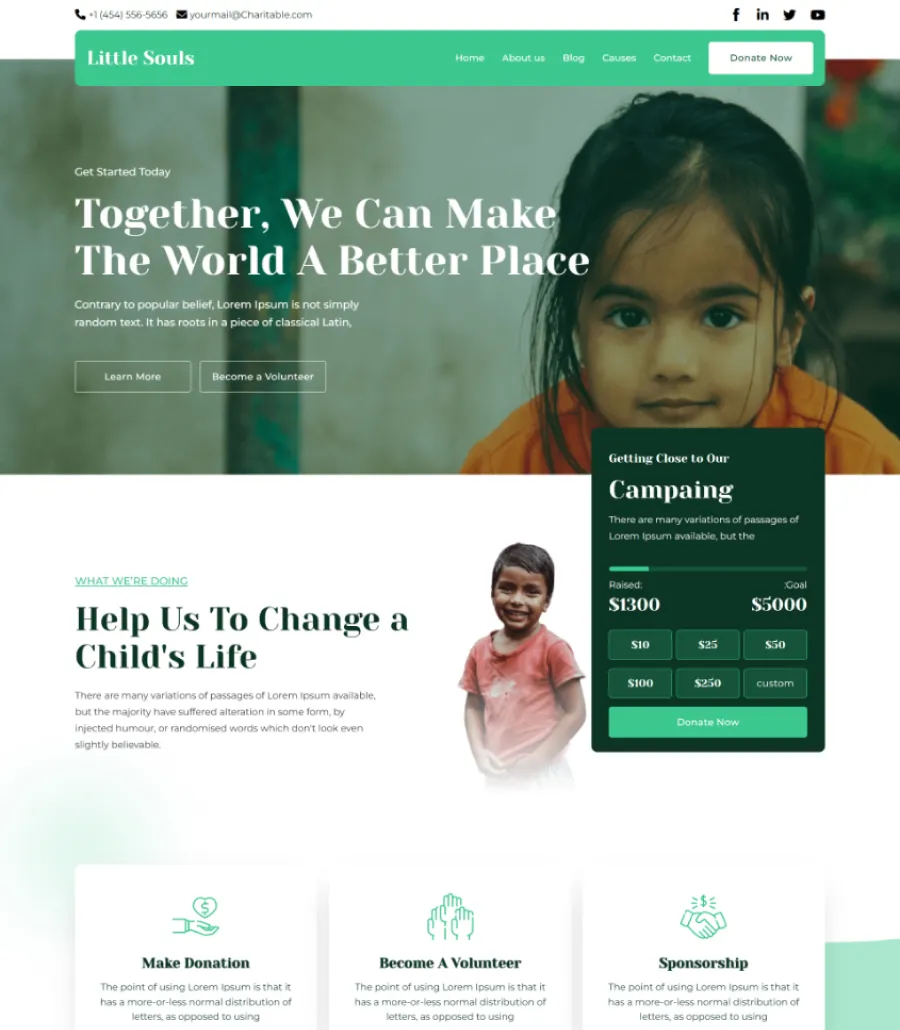Web Development
Welcome to Studio Toronto, your premier partner for innovative online solutions! Located in the heart of Toronto, Ontario, we specialize in creating bespoke digital experiences tailored to your unique business needs. From cutting-edge web development and graphic design to SEO optimization and mobile app creation, our comprehensive services are designed to elevate your brand's online presence. Dedicated to excellence and innovation, Studio Toronto is your go-to source for all things digital. Contact us to transform your ideas into reality and drive your business forward.
Types of websites we develop.
Our Approach
Our approach to web development is client-focused. We ensure that the right technology stack is chosen based on the project requirements and your preferences.
At every step of the way, we'll be in close contact with you. This allows us to better understand your needs and ensure the final product aligns with your expectations. We believe that communication is key to successful projects, and we're committed to making this process as smooth and seamless as possible for you.
In conclusion, our web development services are designed to provide you with a website that not only looks great but also meets your specific business needs. With our skillful developers and commitment to customer satisfaction, we guarantee a website that is both functional and engaging.
Ready to start your web development project? Contact us today and let's build something amazing together!
How we work
Requirements Gathering.
- Understanding and documenting the client's objectives, expectations, and system requirements.
- Identifying the key stakeholders and gathering their input.
- Conducting interviews, workshops, and focus groups to collect detailed information about the system's requirements.
- Analyzing and validating the gathered information to ensure its accuracy and comprehensiveness.
- Prioritizing requirements based on business needs, potential value, and feasibility.
- Creating a requirements document that outlines all the system's features, functionalities, and specifications in detail.
Analysis and Planning.
- Analyzing the requirements gathered in the previous step to understand the system's complexity and scope.
- Planning the resources, such as time, manpower, and technology, needed to develop the software.
- Identifying potential risks and challenges, and devising strategies to mitigate them.
- Developing a project timeline with milestones and deadlines.
- Formulating a clear project plan that outlines the project's goals, scope, resources, timeline, and risk mitigation strategies.
- Establishing communication channels and reporting procedures to ensure effective communication throughout the project.
- Gaining approval from stakeholders on the project plan before moving forward with the development process.
Design & Development.
- Creating a system design based on the requirements specified in the requirements gathering phase. This includes designing the system architecture, database structure, and user interface.
- Confirming the design with stakeholders to ensure it meets their expectations and requirements.
- Once the design is approved, proceeding with the development of the software. This involves coding and programming tasks to build the software's functionalities.
- Breaking down the development process into smaller, manageable parts or modules. Each module is developed and tested individually.
- Using version control systems to manage different versions of the software, enabling easy tracking of changes and facilitating collaboration among team members.
- Checking code quality regularly to ensure it adheres to coding standards and guidelines.
Testing Device & Release.
- Conducting various types of testing including unit testing, integration testing, system testing, and user acceptance testing to identify and fix any bugs or issues in the software.
- Testing the software on different devices and configurations to ensure compatibility and optimal performance.
- Carrying out regression testing after each bug fix to ensure that the fix hasn't introduced any new issues.
- Once the software passes all tests, preparing it for release. This involves finalizing the documentation, training end users, and setting up support and maintenance systems.
- Releasing the software in a controlled manner, often using strategies like phased rollout or blue/green deployment to minimize risk.
- Gathering feedback from users after the release and making any required adjustments or improvements to the software.
Maintenance and Support.
- Providing ongoing support to the users to resolve any issues they face while using the software.
- Monitoring the software performance consistently to ensure it functions as expected.
- Implementing updates and improvements based on user feedback and changing business needs.
- Fixing bugs or issues that arise after the software has been deployed.
- Ensuring the software remains compatible with any new systems or technologies that are introduced.
- Providing training to the users whenever required, especially when new features or updates are released.
- Performing regular system checks and data backups to prevent data loss and ensure smooth operation of the software.













